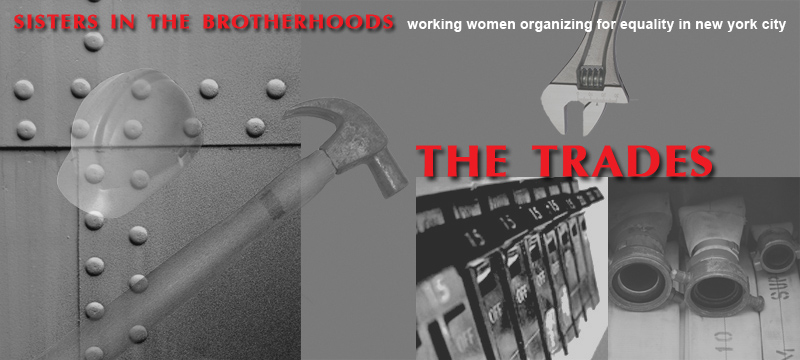 |
||||||
Firefighters: Breaking Down Doors at the FDNY The issue of gender ignited a firestorm within the New York City Fire Department (FDNY). No other arena has generated the same level of controversy. Brenda Berkman forced the issue of gender discrimination within the FDNY into the courts. Her courageous stand produced hostility and fear in her opponents. She became the target of extreme, uncensored harassment, as did some, but not all, of the other women firefighters. JoAnn Jacobs had a very different experience. Her career in the FDNY had its challenges, but overall she experienced acceptance and tolerance. In 1997 Berkman, then a law student, learned that the FDNY was accepting applications. Under pressure from the courts, it was heavily involved in recruiting African American men. Although the department was required by federal law to open up to women, it had not done so. That year 500 women took the written exam for firefighter; the majority of them passed the test. The next hurdle was the physical agility test (3040 exam). The test's grading system had been changed from the pass/fail method, in use before women applied to the FDNY, to a rank-ordered structure. Ninety women took the physical test, and all failed. Berkman sued the City of New York under the 1964 Civil Rights Act on behalf of herself and other women who had passed the written exam. The suit questioned the validity of the physical exam, which included tests that were biased against women and unrelated to a firefighter's future performance on the job. In 1982 federal district court judge Charles Sifton ruled that the City had discriminated against women and ordered the fire department to develop a new test. The FDNY complied by creating a test that was based on the performance of male incumbent firefighters. The judge also ordered a pre-training program and required the city to set aside 45 slots for women. This group of probationary firefighters faced the next hurdle, a six-week training program at the Fire Academy, located on Randall's Island, in the East River. The female trainees encountered more obstacles designed specifically to force them to drop out, including some tasks that put people's health and safety at risk. However, in November 1982, eleven women—including Berkman and Jacobs—graduated from the academy and joined the ranks of the FDNY, the first women in history to do. The Uniformed Firefighters Association (UFA), the firefighters' union, made a failed last-ditch attempt to block their graduation, a precursor to the on-the-job hostility that many women would encounter on the job. Meanwhile, Judge Sifton’s decision had sparked considerable controversy as well as more related litigation, which continued until 1988. Both the FDNY and the unions fanned the flames of resentment and resistance. Although many male firefighters accepted and supported their female colleagues, the unions acted in opposition to women being on the job, according to Berkman. Many women in the Fire Service, including those in other parts of the country, formed their own advocacy groups. Berkman founded the United Women Firefighters (UWF), and a national group, Women in the Fire Service. One outside group that extended itself was the Vulcan Society, a fraternal organization for African-American male firefighters, founded in 1940 by Wesley Williams, who later became a battalion chief. The stories of Berkman and Jacobs represent the two sides of the FDNY: the one that is honored for its courage and sacrifices on behalf of the City's residents, and the other, which fosters divisiveness and intolerance. Even today the FDNY has failed to attain the diversity that characterizes New York City's population. The first women to join the FDNY overcame many barriers, but like Both Berkman and Jacobs, they were rewarded with what firefighters call "the best job in the world." | ||||||
| ||||||
Copyright 2012 Jane LaTour/Talking History |
||||||